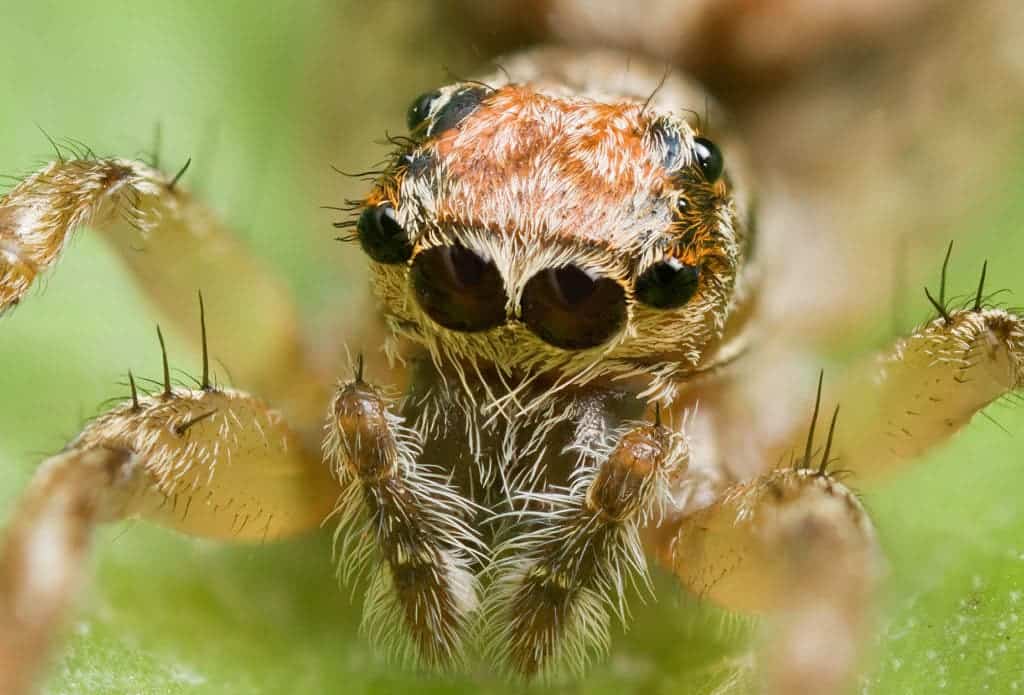A new study came up with a stunning estimate of how much spiders eat: between 400 and 800 million tons of insects and other invertebrates. For comparison, humans consume about 400 million tons in meat and fish. The good news for us is that most of what they eat are pests, emphasizing the important role spiders play in pest control.

When most people see a spider in their house, they freak out. Or at the very least, kill or remove it — there’s something about spiders that makes us not want them in our house. But these eight-legged critters might be more our friends than we think, keeping countless insect pests in check. Martin Nyffeler of the University of Basel in Switzerland and Klaus Birkhofer of Lund University in Sweden combined data from 65 studies, finding that there are about 25 million metric tons’ worth of spiders on the globe — yikes! Most spiders are found forests, grasslands and shrublands, followed by croplands, deserts, urban areas and tundra areas.
The team conducted two simple models to see how much the spiders would eat. For the first experiment, they calculated the minimum an average spider would need to eat to survive, as well as census data on the average spider biomass per square meter in the various biomes. Then, they complemented that model with field observations, coming to the conclusion that globally, spiders eat between 400 and 800 million tons of prey each year. That’s a huge amount by any standards, but just so you can get some comparison, aside from humanity which eats an estimated 400 million tons of meat and fish, whales feed on 280 to 500 million tons of seafood, while the world’s total seabird population eats an estimated 70 million tons of fish and other seafood.
Most of what they eat are pests.
“These estimates emphasize the important role that spider predation plays in semi-natural and natural habitats, as many economically important pests and disease vectors breed in those forest and grassland biomes,” says lead author Martin Nyffeler.
But it’s not all good for spiders — sometimes, they end up on the wrong side of the food chain. According to the same estimate, between 8,000 and 10,000 other predators, parasitoids and parasites feed exclusively on spiders. Spiders are also a significant part of the diet of an estimated 3,000 to 5,000 bird species.
“We hope that these estimates and their significant magnitude raise public awareness and increase the level of appreciation for the important global role of spiders in terrestrial food webs,” adds Nyffeler.
So remember — next time you see a spider, don’t kill it, it’s just keeping your home free from pests. Unless you’re in Australia. If you’re in Australia and see a spider in your house, you should freak out and start running.
Journal Reference: Martin Nyffeler, Klaus Birkhofer. An estimated 400–800 million tons of prey are annually killed by the global spider community. The Science of Nature, 2017; 104 (3-4) DOI: 10.1007/s00114-017-1440-1


